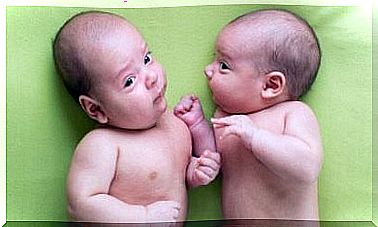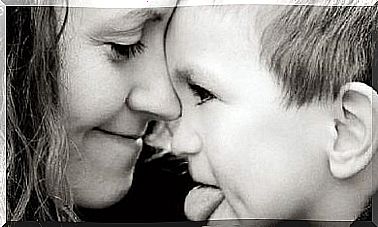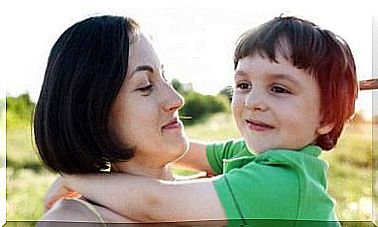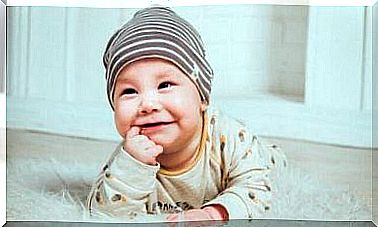Growing Pains In Children And Adolescents – You Are Parents
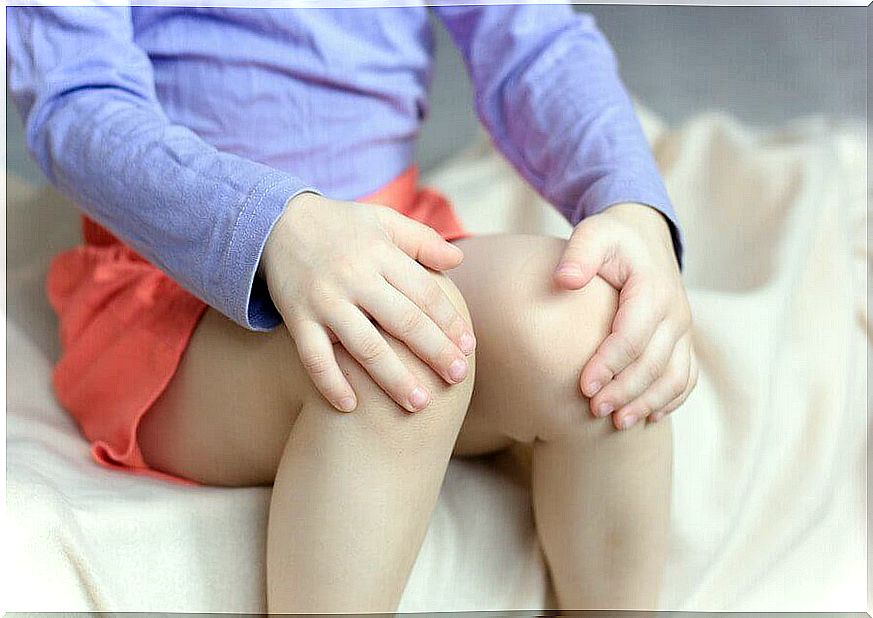
Growing pains in children and adolescents are very common during different stages of development. Discomfort can be felt in the arms, legs or other parts of the body and this often results in a burning sensation in the extremities.
Normally this type of pain occurs at night. Sometimes it can even wake the child or teenager because of these discomforts.
However, be aware that this can also occur during the day, although it is relatively rare that it is problematic enough to interfere with daily activities.
When it comes to the pain itself, it’s unclear exactly what causes this discomfort. Nevertheless, there are several theories. For example, many children with growing pains may be very flexible or have flat feet.
In most cases, pain and discomfort tend to come on and then go away. However, it is difficult to predict when this will happen.
In case of discomfort, you can relieve children by massaging the painful areas. It will also help you tell the difference between growing pains and more serious illness in the child’s bones or muscles.
Children with severe pain usually don’t let anyone near the area that hurts them.
In any case, if you are worried about your child’s discomfort and think that it may be something more serious, we strongly advise you to go see your family doctor.
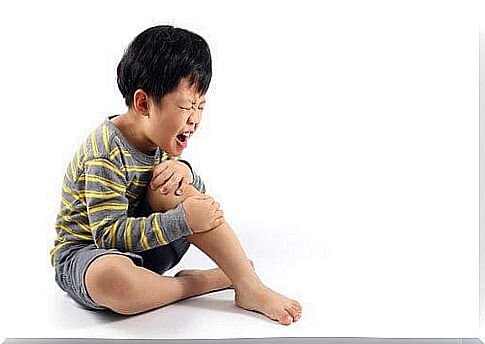
The consequences of growing pains in children and adolescents
The growing pains in children and adolescents are located mainly in the legs, shins, calves, behind the knees or thighs. They usually affect both sides of the body symmetrically.
However, you need to take it easy. Although the child may experience pain, their bones and muscles are not in danger. Growing pains can be overcome with several treatments.
Also, keep in mind that pain can appear during the day and at night. The duration of the discomfort can last from 10 to 30 minutes but can sometimes vary from a few minutes to several hours.
Regarding the degree of pain, it can be very mild or very severe. Growing pains are intermittent and usually include periods of absence of symptoms that can range from a few days to a few months.
On the other hand, in some children, the pain can appear daily.
Before a painful episode, if you want to avoid pain for your child, you must first of all offer him a certain well-being and reassure him that the pain will go away on its own.
At the same time, you can massage the painful area with essential oils. This can help ease the pain sensation and make him feel a little better.
Symptoms of growing pains in children and adolescents
Here are the symptoms that usually indicate growing pains in children and adolescents. Remember that even if you observe them on your child, it is characteristic of growth.
- Muscle pain in both legs, usually localized in the calf, behind the knee or in the front of the thigh
- Moving the leg does not improve or even worsen the pain, which shows that the joints are not involved.
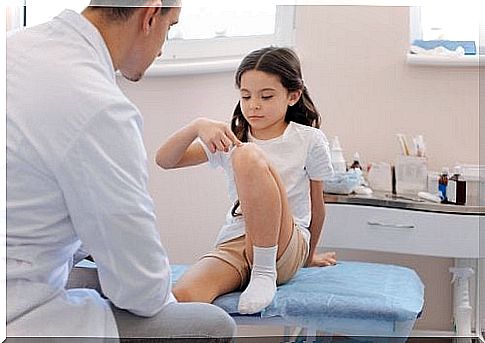
- The pain comes and goes, gets worse at night and goes away in the morning
- The pain is severe enough to wake the child from sleep
- The muscles of the arm can also be affected
- The child may complain of headaches
- In no case does the pain limp the child and limit the child in everyday actions.
Finally, remember that, as you have seen, the cause of growing pains in children and adolescents is not clearly identified. In fact, it is often mistakenly believed that growing bones cause pain.
However, bones grow slowly, even during growth spells that occur intermittently throughout the year. The good news is that these pains usually go away by the middle of the teenage years.

